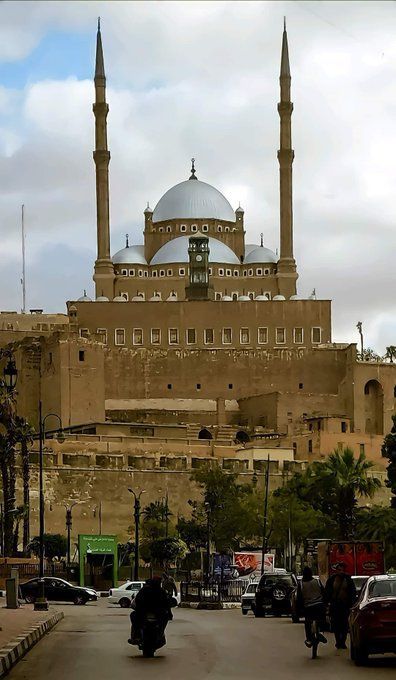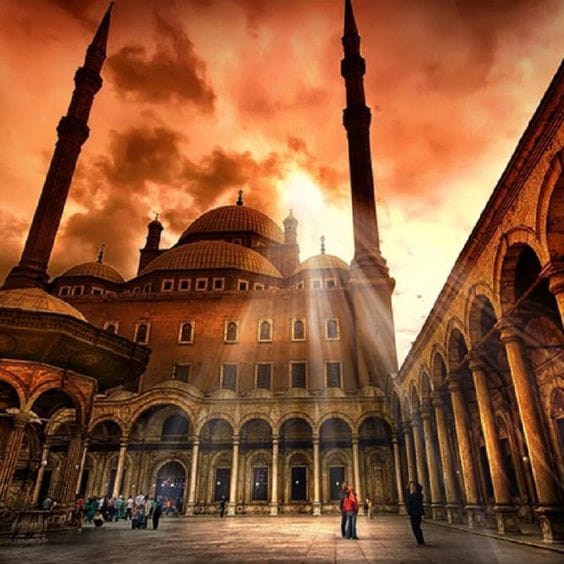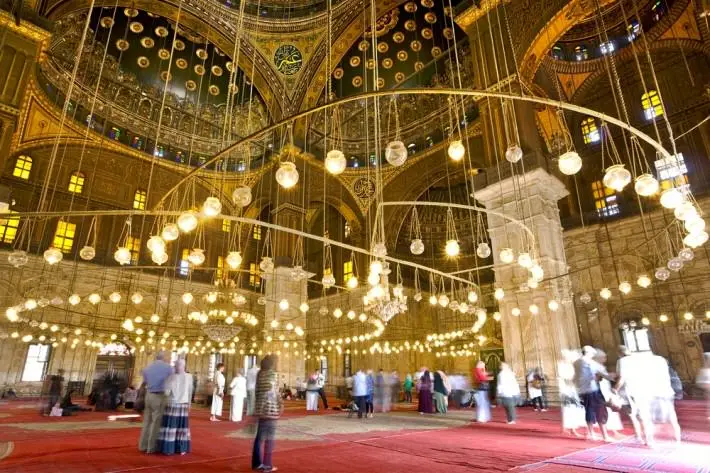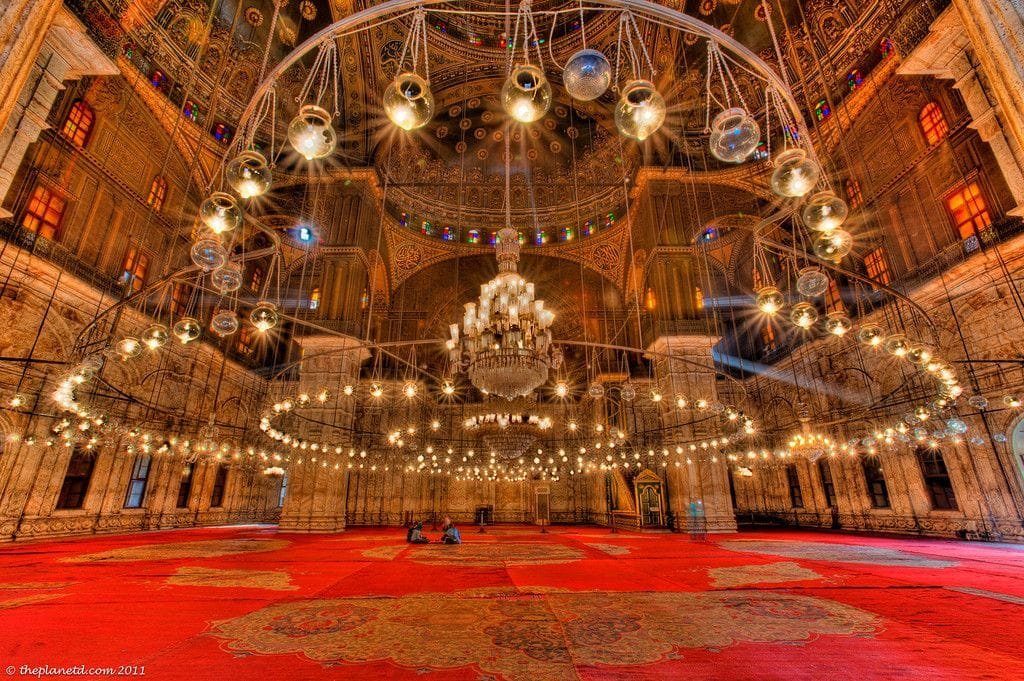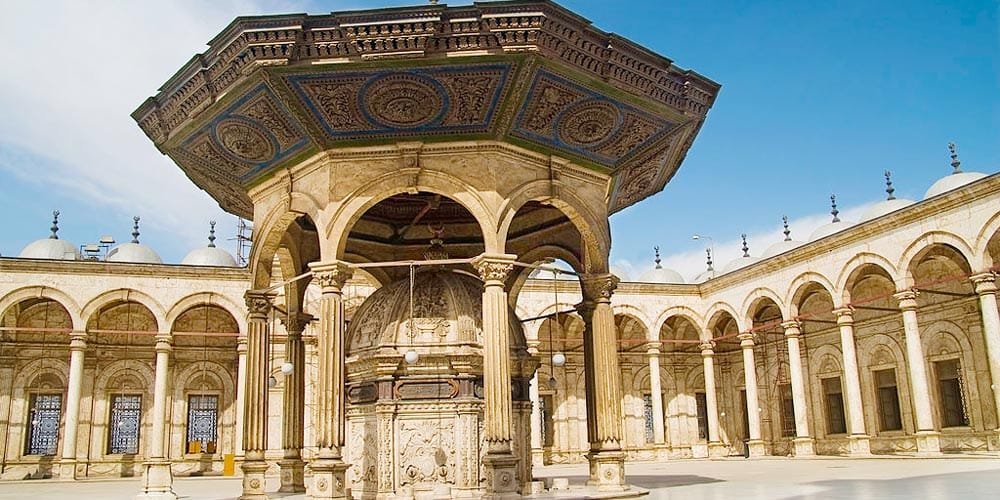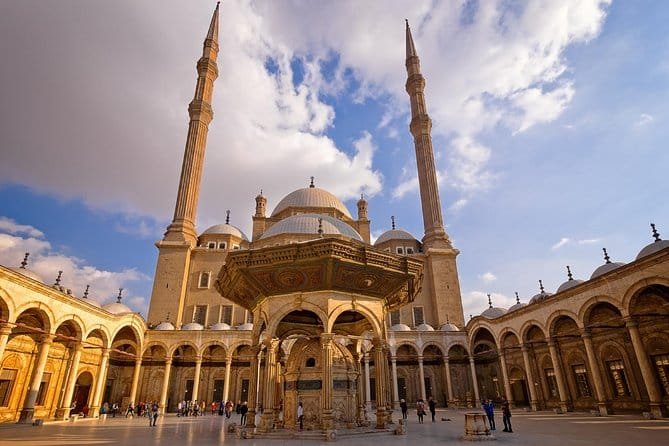Perched atop the Citadel of Cairo, the Mosque of Muhammad Ali stands as a magnificent testament to the vision and power of Muhammad Ali Pasha, the ruler who reshaped Egypt in the early 19th century. Also known as the Alabaster Mosque due to its gleaming alabaster walls, the mosque is one of the most iconic landmarks in Egypt and a remarkable symbol of the country’s transition from Ottoman rule to semi-independence.
Constructed between 1830 and 1848, the mosque is a stunning example of Ottoman architectural style, blending traditional Islamic elements with modern design influences from Europe. Its towering dome and majestic minarets dominate the skyline of Cairo, offering breathtaking views of the city below. The mosque, with its striking design and grand scale, was commissioned by Muhammad Ali Pasha to reflect his authority and vision for a modernized Egypt. It stands not only as a place of worship but also as a reflection of his ambitions to build a strong, independent Egyptian state.
More than just an architectural masterpiece, the Mosque of Muhammad Ali is a symbol of Egypt’s historical journey, representing the transition from an Ottoman province to a more autonomous and powerful nation. It encapsulates the modernization efforts of Muhammad Ali Pasha, whose influence on Egypt’s political, military, and cultural landscape continues to resonate today. As we delve deeper into the history, architectural features, and cultural significance of this iconic mosque, we uncover how it stands as both a spiritual center and a lasting legacy of one of Egypt’s most important historical figures.


